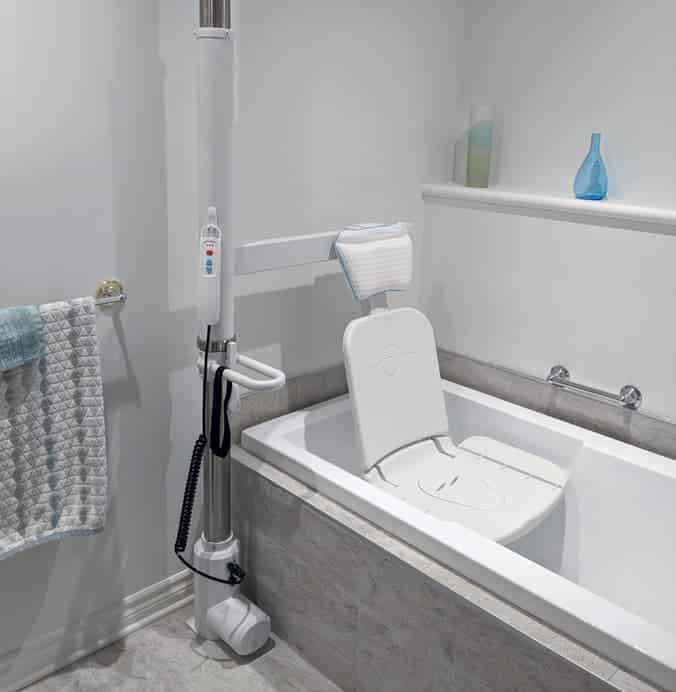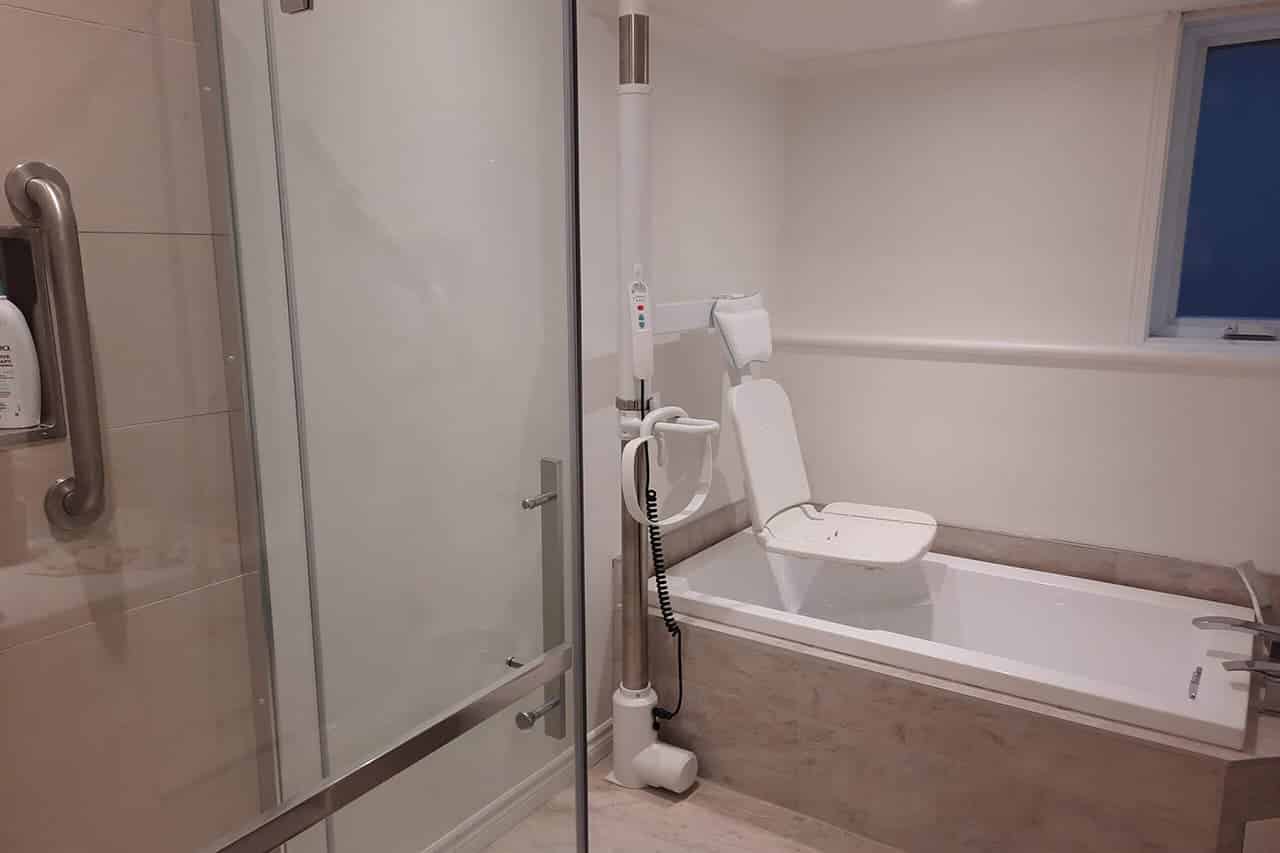Designing a safe and accessible bathroom goes beyond style : it’s about creating a bathroom that enhances independence, preserves dignity, and supports long-term mobility needs. For older adults, even minor bathroom modifications can improve safety and make daily routines easier, while larger projects can transform the entire space into a true senior-friendly home. This guide offers expert insight into bathroom renovations for seniors, helping you choose the right solutions for your needs, timeline, and budget.
Why Bathroom Renovations for Seniors Need a Different Approach
Renovating with seniors in mind requires more than choosing beautiful finishes. The design must address slippery surfaces, limited mobility, and the need for intuitive bathroom accessibility. For many, the biggest risks happen in the bathroom during entering and exiting the tub or shower, bending to reach fixtures, or standing on a wet tile floor.
An effective plan considers ADA guidelines, aging-in-place strategies, and space for wheelchair access. Elements such as sink height (around 30 to 34 inches), higher toilets, and wall-mounted storage make daily use more comfortable and easier for seniors while keeping the space functional for all.
Common Hazards in a Senior Bathroom
Before planning upgrades, it’s essential to identify risks that could compromise safety and comfort. Wet mats and rugs without grips can slide, a glossy tile floor can become dangerous when wet, and dim lighting hides obstacles.
Other hazards include:
- High bathtub rims that make step-in entry risky
- Low or unstable fixtures that don’t support weight during transfers
- Narrow doorways that don’t allow a wheelchair or walkers to pass
Addressing these hazards during home modifications ensures a safer environment while preventing costly future adjustments.
Bathroom Renovations for Seniors: Key Features to Include
When selecting bathroom renovation ideas, focus on features that combine accessibility with style. Installing grab bars in the shower or beside the existing toilet provides stability during movement. Walk-in showers, curbless entries, or a walk-in bath reduce the need for high steps and make entering and exiting safer.
Upgrading fixtures can also play a major role. A thermostatic faucet prevents scalding, while a bidet offers enhanced hygiene without strain. Choosing fixtures with lever handles, well-positioned lighting, and non-slip flooring contributes to a senior-friendly bathroom that’s both attractive and functional.
Creating a Senior-Friendly Bathroom Without a Full Remodel
Not every project requires gutting the room. Strategic bathroom modifications can be beneficial to seniors while keeping disruption low. Installing a bath lift chair allows you to keep your existing bathtub and existing shower layout, but still make sitting and standing easier.
A bath lift provides a secure, powered way to lower into and rise from the water without replacing the tub. It’s particularly useful when wheelchair users or older adults want to maintain bathing independence without long construction timelines.
Walk-In Tubs vs. Bath Lifts: Which Fits Your Needs
Walk-in tubs offer a low step-in threshold and built-in seating, making them ideal for those who prefer soaking. However, they require a full tub replacement and can take hours to fill and drain.
Bath lifts, on the other hand, fit into your existing bath, require no major plumbing changes, and can be installed in hours. They preserve the bathroom space you already have, keep costs lower, and maintain a familiar routine.

Accessibility and Bathroom Design for Aging in Place
True bathroom accessibility is about more than just fixtures, it’s about creating living spaces that adapt to changing mobility. Doorways at least 36 inches wide allow wheelchairs and walkers to pass, while a 30 inches wide clearance in front of the sink ensures wheelchair access.
Incorporating home building best practices, such as reinforced walls for future grab bars and adjustable sink height, means your bathroom can evolve as needs change. Materials should be durable, easy to clean, and resistant to slippery surfaces.
Cost and Time Considerations in Bathroom Remodeling
While a full bathroom remodel can be transformative, it’s important to weigh costs, timelines, and the level of disruption. New shower installations, walk-in baths, and layout changes can take weeks. In contrast, targeted home modifications like bath lifts, lighting upgrades, or fixture replacements can be completed in days, allowing you to create safe spaces without extensive downtime.
Final Checklist for a Safe, Senior-Friendly Bathroom
Before completing your bathroom renovation, confirm the following:
- The bathroom space allows for clear movement and wheelchair access
- All fixtures are placed at an appropriate sink height and within easy reach
- The floor is covered with slip-resistant materials or treated tile floor
- Lighting is well-lit and eliminates dark corners
- Support structures such as grab bars in the shower are installed correctly
- Safety accessories like mats and rugs are secure to reduce the risk of falls
Create a Bathroom That Lets You Age in Place Comfortably
A well-planned bathroom renovation empowers independence, reduces fall risks, and transforms a functional space into a safe, welcoming retreat. Whether through walk-in showers, bathroom modifications, or assistive technology like bath lifts, the goal is the same: to create safe and comfortable spaces that adapt to your needs, helping you continue living in your senior-friendly home with confidence.

